Blog
Spinal Cord Injury Awareness Day 2023: Take Care of Your Spine Health

Spinal Cord Injury Awareness Day 2023: Take Care of Your Spine Health
Table of Contents
ToggleSpinal Cord Injury Awareness Day 2023: Overview
May 13th is marked as spinal cord injury awareness day 2023 in the UK. This is an annual awareness day arranged by the spinal injury association in collaboration with other organizations or charities. The basic purpose to arrange this event is to spread awareness and educate the public regarding spinal cord injuries, their impacts, effects, treatment plans, and self-care or preventative measures to speed up recovery or control the injuries.
The spinal cord is a long and cylindrical structure that helps connect your brain to the lower back. It contains nerve cells, tissues, and fluids. The spinal cord is surrounded and protected by a bony column of vertebrae. The spinal cord helps in carrying the electrical signals from the brain throughout the body. These electrical signals or messages affect walking, breathing, body movements, bowels and bladder control systems, and many other body functions. An injury to the spinal cord may affect these body functions. Chronic conditions may cause serious injuries, leading to the loss of control and body movements.
On this event of the spinal cord injury awareness day 2023, we would like to share the potential facts regarding spinal cord injuries. This article is a detailed account of the common causes and symptoms of spinal cord injuries. Then, we will discuss how you can diagnose the injury and start treating it. Our discussion will end with the potential ideas of self-caring and preventive measures to speed up recovery or avoid injuries. So, here we go;
What causes spinal cord injury
The causes of spinal cord injuries may vary. The following are counted as the common causes contributing to spinal cord injuries:
- Motor or vehicle accidents: A sudden impact from a motor or vehicle accident may cause a fracture, crushing, compressing, and dislocation of one or more vertebrae. These conditions may cause temporary or permanent changes in the sensations, movements, and body functions.
- Falling: Direct falling on the road or ground may put a sudden impact on your spinal cord, causing one or more vertebrae to crush, compress, dislocate, or fracture.
- High-contact sports: Several sports may bring you at the highest risk of catastrophic spinal cord injuries. These sports or activities may include football, wrestling, diving, ice hockey, rugby, skiing, snowboarding, cheerleading, and others.
- Gunshot wounds: Studies have shown that gunshot wounds may penetrate the spine and damage the spinal cord tissues, causing spinal cord injuries.
Types of spinal cord injury
Spinal cord injury is, usually, classified into two main classes and these are given below:
- Incomplete spinal cord injury: If you have problems with a few motors or sensory functions below the damaged area, you may have been suffering from incomplete spinal cord injury.
- Complete spinal cord injury: If all feelings, including motor or sensory functions, are lost below the damaged part or injury, you may have been suffering from complete spinal cord injury.
Who is more prone to spinal cord injury?
Spinal cord injury may happen to anyone. However, below are some examples of people who are at a high risk of spinal cord injuries:
- Men: Around 80% of spinal cord injuries are reported in men.
- Young adults: More than half of spinal cord injuries are found in young adults aged between 16 and 30.
- Elderly people: In elderly people, spinal cord injuries may result from falling.
- People engaged in high-contact sports: Athletes involved in high-contact sports are at high risk of spinal cord injury.
- People suffering from bones or joint problems: People suffering from bones or joint problems, such as arthritis or osteoporosis may be more prone to spinal cord injuries.
Symptoms of spinal cord injury
Pain is the basic symptom resulting from spinal cord injury. However, you may also feel any of the below-given symptoms based on the intensity of injury:
- Pain and intense stinging sensation in the spinal cord
- Stress in the neck or back
- Loss of movements
- The inability of feeling sensations, including heat, cold, or touch
- Loss of bladder or bowel control
- People may also feel difficulty in coughing, breathing, and clearing secretions from their lungs
- Weakness in legs, arms, or back
How to diagnose spinal cord injury
If you are feeling pain and other symptoms associated with spinal cord problems, you must consult your healthcare professionals to diagnose the problems. Healthcare professionals perform some emergency check-ups to diagnose the initial stages. However, some imaging tests are also performed to measure the intensity of the injury:
- Physical check-up: During the physical check-up, healthcare professionals check motor function or the ability to move body parts. At the same time, they also check sensory function or the ability to touch.
- Imaging tests: Imaging tests are performed to check the injury more precisely. For example, a CT scan is performed to see broken bones, damaged blood vessels, and blood clots. MRI is performed to see injury to the soft tissues. X-rays are performed to see the broken bones or dislocation.
Possible treatment plans for spinal cord injury
Treatment plans for spinal cord injury may vary, depending upon your condition or the intensity of the injury. In the emergency room, healthcare providers maintain patients’ ability to breathe. As well as this, they also immobilise the neck and spine to control further damage following a spine injury. However, they may also suggest or perform the following treatment plans to treat the acute injury:
- Surgery: Surgery is performed to remove fluid or tissue that exerts pressure on the spinal cord. Surgeons may also remove disc fragments, bone fragments, and other foreign objects when necessary. If necessary, they may also fuse the broken bones or place the spinal braces.
- Traction: Traction helps stabilise the spine and bring it into a neutral position.
- Medication: Steroid medication is used to relieve pain and bring other improvements.
The following are some other rehabilitation processes are used to benefit people with spinal cord injury:
- Physical therapy helps strengthen muscles and improve mobility
- Assistive devices, such as wheelchairs, back support braces or leg support braces, and walkers help with the rehabilitation process
- Occupational therapy helps with motor functions
- Vocational therapy with assistive devices helps people to get back to work
- Recreational therapy, including social activities and sports, is also recommended
- Your healthcare provider may also suggest some other measures to help with the rehabilitation process or speed up recovery
Self-care and preventive measures for spinal cord injury
Experts suggest the following preventive measures to avoid the chances of spinal cord injury:
- Wear a seat belt and follow all the driving rules or precautions to prevent accidents
- Avoid falling or jolting during sports or occupational activities
- Wearing back support braces during sports or jobs helps reduce stress on the spinal area
- Avoid putting excessive pressure on the spine during sports or occupational activities
- If you feel pain or other discomforts, wear spine or back support braces to avoid the chances of overuse injuries

Closing statement
The reason behind arranging a spinal cord injury awareness day is to make people aware of the potential facts regarding spinal cord injury. The discussed facts on the common causes and symptoms of spinal cord injury will help you avoid the chances of injuries or diagnose the symptoms for early treatments. We have also shared the possible treatment plans suggested by experts to speed up recovery or healing. However, experts have also suggested potential preventive measures that help you prevent the chances of spinal cord injuries. You must be aware of these facts and also share them with your circles and acquaintances to assist them in preventing injuries.
Social Share
More Posts
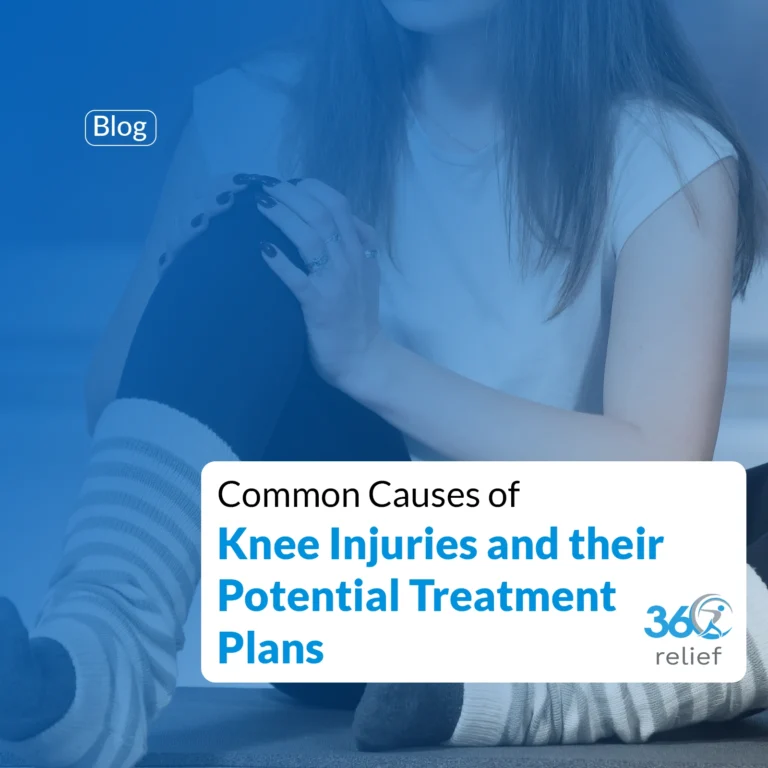
Common Causes of Knee Injuries and their Potential Treatment Plans
Knee Injuries: Overview The knee joint is considered one of the complex and largest joints in the body. It is

What is the Fastest way to Heal a Dislocated Knee?
A dislocated knee is relatively an uncommon injury. Ligaments connect the bones of the knee, which will result in a

Wake Up Refreshed: The Science-Backed Benefits of Eye Masks
Sleep is something we all know we need, yet many of us don’t get enough of it. Whether it’s the
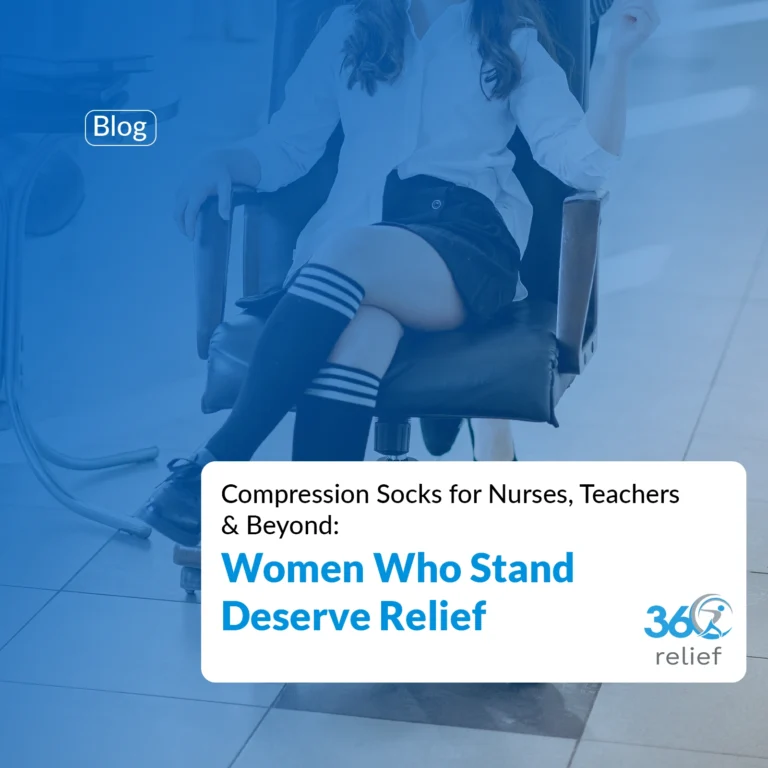
Compression Socks for Nurses, Teachers & Beyond: Women Who Stand Deserve Relief
Introduction Long days on your feet can be exhausting. Whether you are caring for patients, teaching in a classroom, welcoming

Your Guide to Autumn & Winter Running Events in the UK
As the leaves turn golden and the evenings draw in, the running community across the UK doesn’t slow down. If
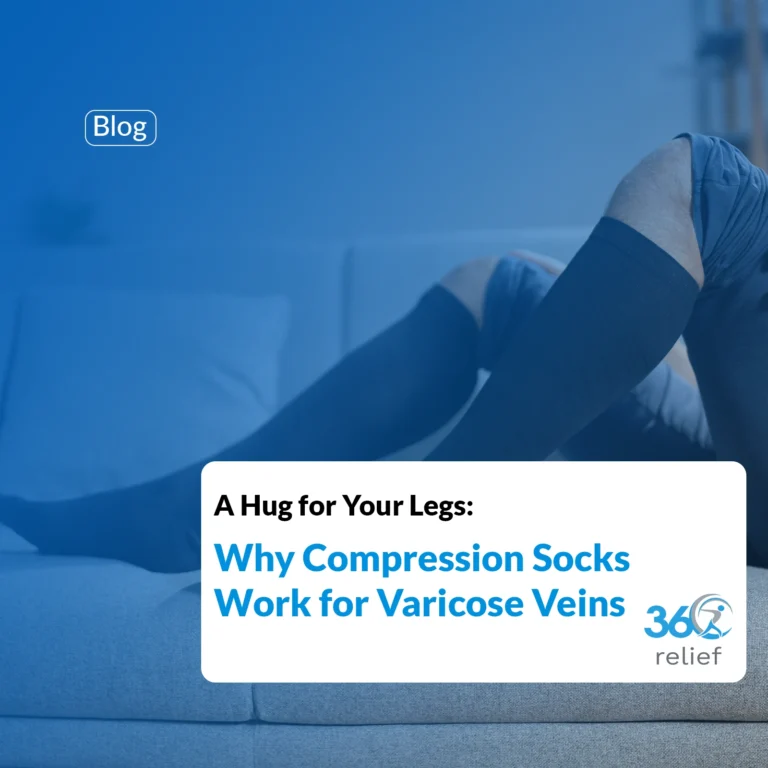
A Hug for Your Legs: Why Compression Socks Work for Varicose Veins
Varicose veins are more than just a cosmetic concern. For many people, they bring discomfort, swelling, and a heavy feeling

Sprained Wrist: Causes, Symptoms, Treatments, and Recovery
A wrist sprain(s) occurs when a ligament in the wrist is partially injured. Ligaments are the dense connective tissues that

2025 Unibet British Open Snooker: Play Longer, Stay Stronger with the Right Support
The 2025 Unibet British Open Snooker is just around the corner, and excitement is building as fans prepare to watch

Ride Longer, Recover Faster: Why Every Cyclist Needs Compression Socks
Cycling is one of the most rewarding sports for both fitness and leisure, but it also places high demands on

Stay Injury-Free During the 2025 Tour of Britain: The Best Protective Supports for Cyclists
Cycling fans across the UK are gearing up for one of the most exciting events on the sporting calendar –

Train Hard, Recover Smarter: Why Supportive Products Are Key for 2025 World Boxing Championships Success
The World Boxing Championships 2025 are just around the corner, with Liverpool preparing to host some of the finest athletes

Top Benefits of Using a Sleep Eye Mask for Deeper, Healthier Rest
Getting enough sleep is one of the most important foundations of good health, yet many people in the UK struggle

Women’s 2025 Rugby World Cup: Thrilling Action, Smart Moves to Escape Possible Injuries
1. Introduction – Rugby’s Biggest Stage Returns to England From August to September 2025, England will host the most exciting
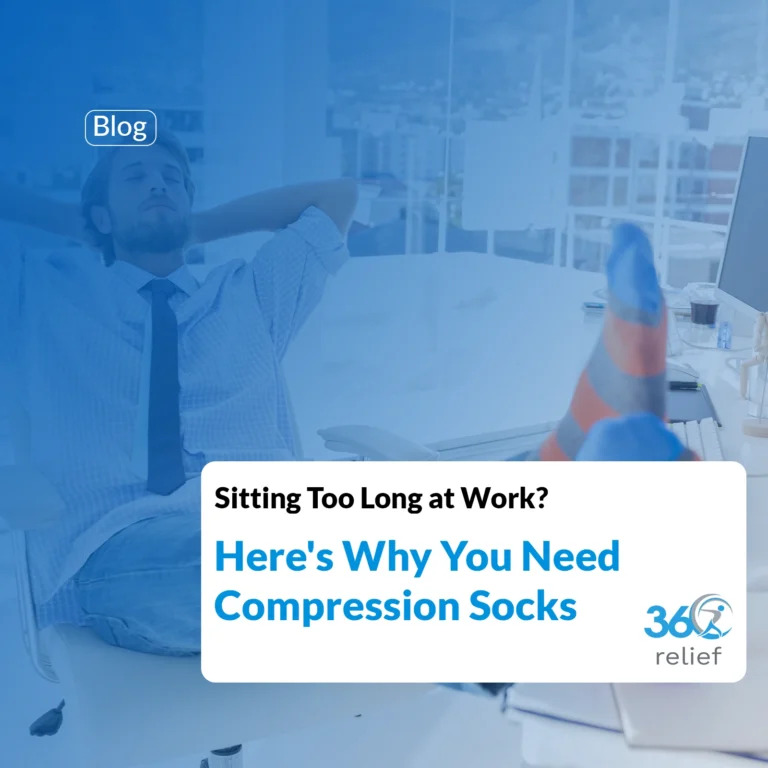
Sitting Too Long at Work? Here’s Why You Need Compression Socks
Modern workplaces often involve long hours at a desk, whether in an office or working from home. While sitting may
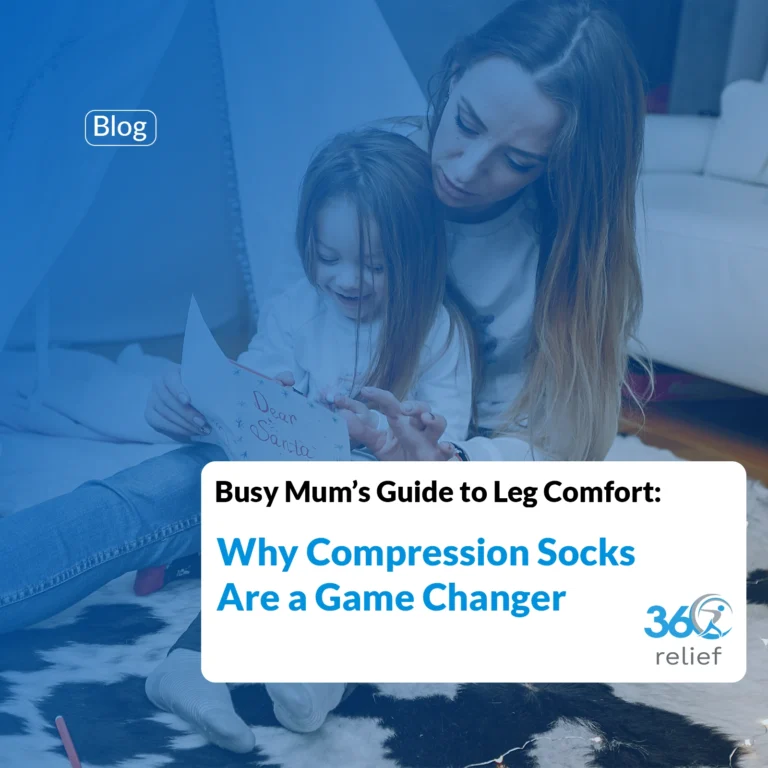
Busy Mum’s Guide to Leg Comfort: Why Compression Socks Are a Game Changer
Mums are the true multitaskers of everyday life. From school runs to supermarket trips, from cleaning to working on your

